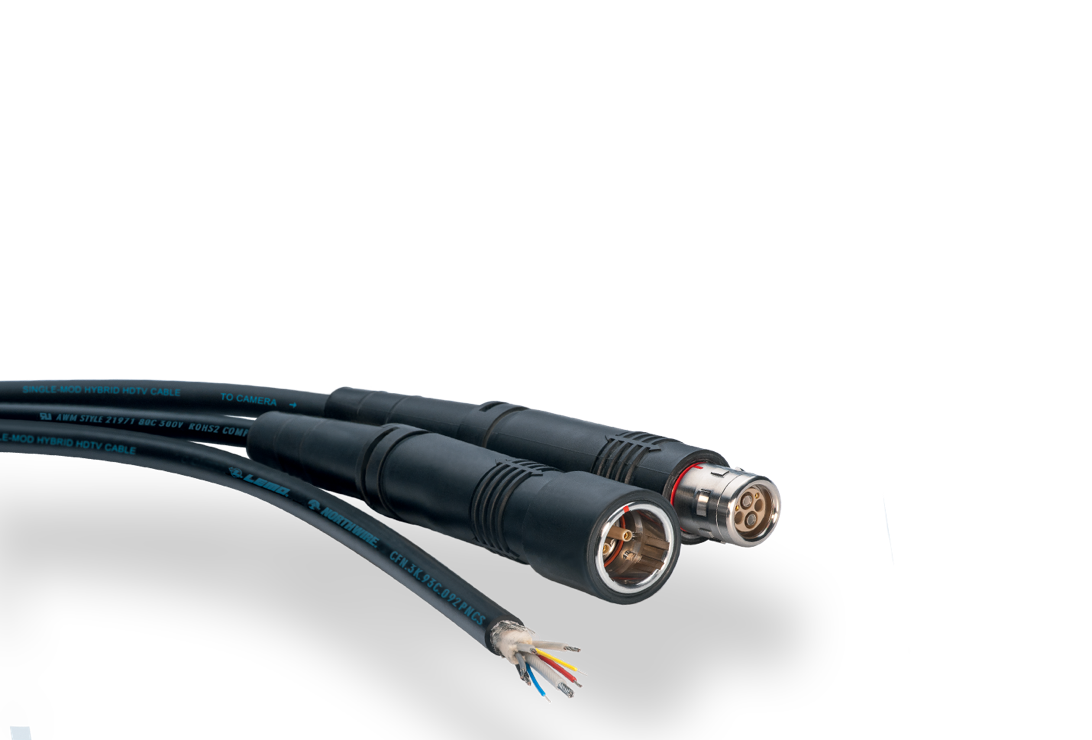Coaxial Cable vs. CAT6: Which One Is Right for Your Home?
In our modern world, cordless phones and wireless internet are kings. But there are still several reasons to install coaxial cables in your home. Read on to learn more about coaxial cables, their advantages over Cat6, and the best reasons to install them.
What Is Coaxial Cable?
The best coaxial cable, also known as coax, is an electrical cable that consists of an inner conductor surrounded by a dielectric insulation layer, which is then covered by an outer conductor. The term “coaxial” refers to the fact that the two conductors are parallel and share a common axis. Coaxial cable is used in various applications, including computer networking, audio/visual equipment, and radiofrequency (RF) transmission.
Cat5 and Cat6 cables are the most commonly used types of Ethernet cables. They are made of twisted pairs of copper wire enclosed in a plastic jacket. Cat5 cables can support speeds up to 100 Mbps, while Cat6 cables can support speeds up to 10 Gbps.
Pros and Cons of Coaxial Cable
There are a few critical differences between the coaxial cable and Cat5/6 cabling that may make one or the other a better fit for your home network. Here are some pros and cons to help you make your decision:
Coaxial Cable
– PROS: Coaxial cable is typically thicker and more durable than Cat5/6 cabling, meaning it is less likely to be damaged by things like nails or pets. It also has a higher bandwidth capacity than Cat5/6, supporting faster speeds.
– CONS: Coaxial cable can be more expensive than Cat5/6 cabling, and it can be harder to work with because of its larger size. It also requires special connectors that may not be as readily available as those for Cat5/6 cabling.
What Type of Connectors to Use with Coaxial Cable
There are two types of coaxial cable connectors: F-type and BNC. F-type connectors are the most common and can be used with most coaxial cable types. BNC connectors are less standard and are typically used with RG-59 or RG-6 cables.
How Do I Install Coaxial Cable?
Installing a coaxial cable is a relatively simple process that can be completed in a few minutes with only a few tools. First, you’ll need to determine the path the cable will take from the point of entry into your home to where it will be installed. Then, you’ll need to gather the necessary tools and materials, which include a drill, screwdriver, level, tape measure, and coaxial cable.
Once you have everything you need, installing the cable is as easy as following these steps:
- Drill a hole in the wall at the point of entry for the cable
- Feed the line through the hole and into your home.
- Run the line along its desired path to the installation location.
- Use screws or nails to regularly secure the line to the wall along its route.
- Connect one end of the cable to your TV or another device, and connect the other to your coaxial outlet. If you’re using an adapter, follow any additional instructions that come with it.
That’s all there is to it! Installing a coaxial cable is a quick and easy process that anyone can do with just a few simple tools.
When To Consider Cat6 Cables
If you’re looking for a high-speed, reliable connection for your home network, you may be wondering whether to choose coaxial cable or Cat6 cable. Both have advantages and disadvantages, so it’s essential to understand their differences before deciding.
Coaxial cable is the traditional choice for cable television and broadband internet connections. It’s affordable and easy to install and provides good signal quality. However, it can be affected by interference from other electronic devices, so it’s not always the best option for data-intensive applications like online gaming or 4K video streaming.
Cat6 cable is newer than coaxial cable and offers higher speeds and improved performance in applications that require large amounts of data transfer. It’s also more resistant to interference than coaxial cable, making it a good choice for homes with multiple devices connected to the internet. However, Cat6 lines are more expensive than coaxial cables and can be challenging to install if you’re unfamiliar with wiring standards.

